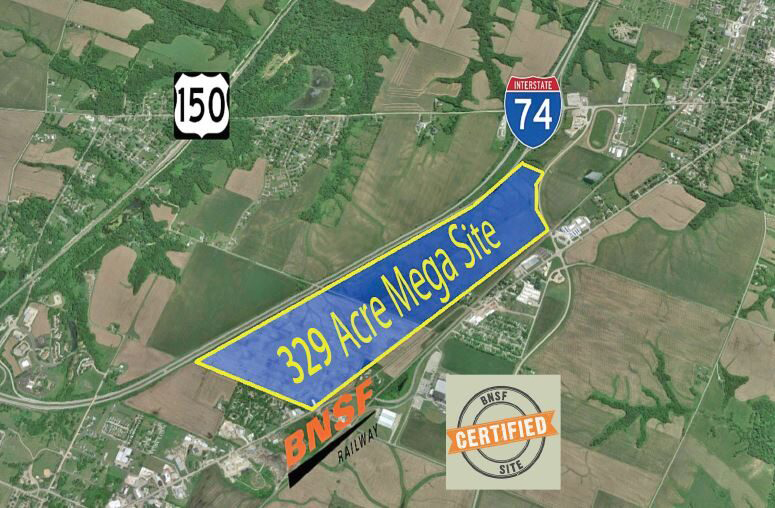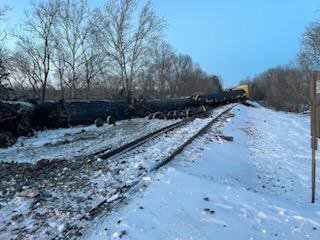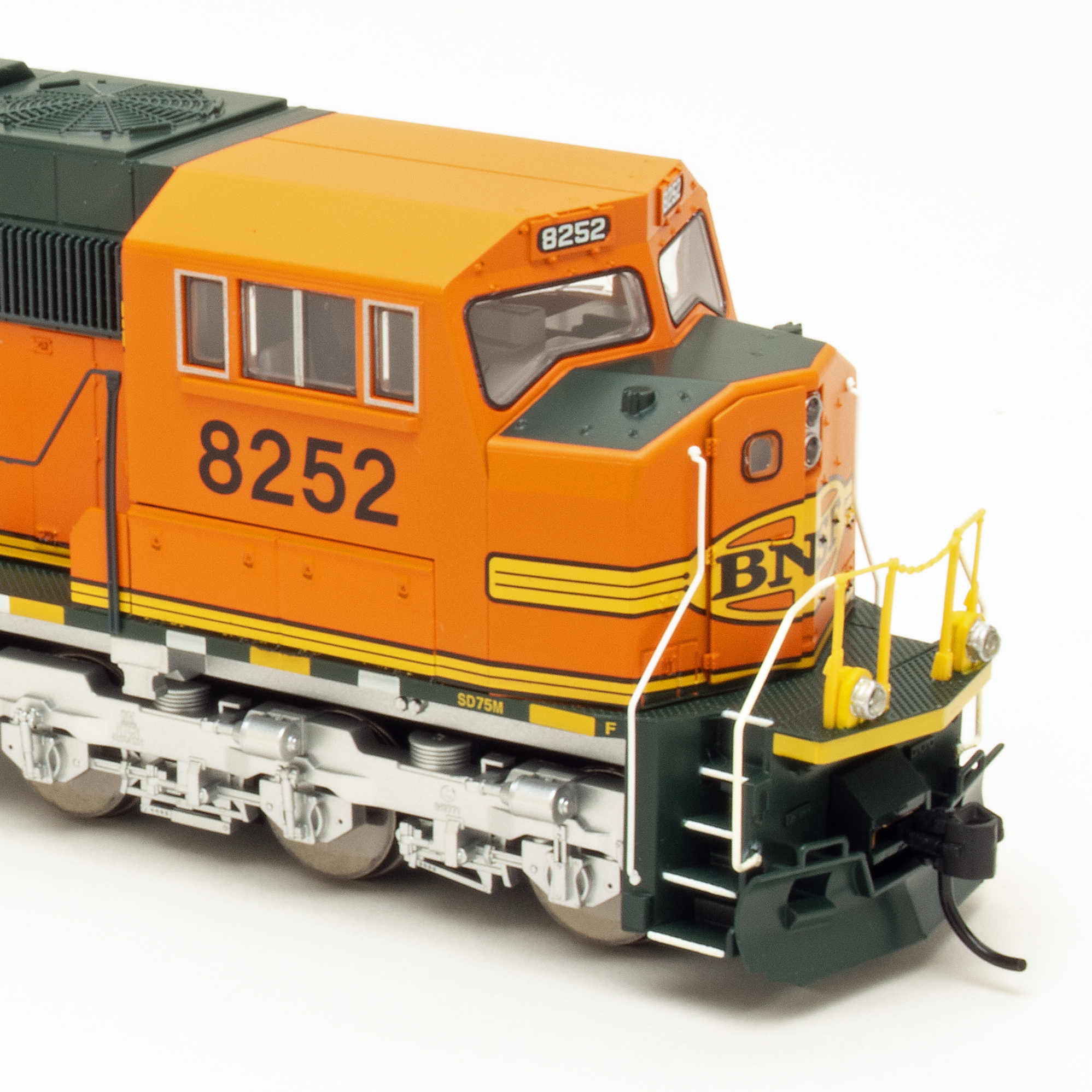In the 1920s, the Rio Grande needed some new engines to supplement the line’s heavy 4-8-2 Mountain types that were handling longer and heavier passenger trains through the Rocky Mountains.
Along came the 14 Baldwin M64-class, 1700-series engines to meet the challenge. On other railroads, these would have been fast freight engines, but on the Rio Grande, they were found on the point of some of the line’s hottest passenger consists. The 1700s had 70-inch drivers and 63,000-plus pounds of tractive effort. They could sustain higher speeds on steep grades than could the railroad’s 4-8-2 Mountains they joined.
The M64s were a success, and they spawned the follow-up M68-class, 1800-series locomotives in 1938. The Rio Grande operated the M64s until they were retired between 1950 and 1954.
The model
There are many great-looking brass locomotives on the market, and this is one of the finest I’ve seen.
The front of the locomotive wears a small snowplow at the tip of the pilot and also features a scale coupler and simulated uncoupling bar. The handrails on either side of the nose look to be as thin a metal wire as I’ve seen on an O gauge locomotive.
The boiler is absolutely amazing. Latches, hinges, rivets, and bolts are superbly defined. Steam lines and other piping are carefully applied and look great.
The walkways along the boiler may be the best that I’ve seen on die-cast metal or brass locomotives. The safety tread on the walkways is notable in that it isn’t all one common design, but has “breaks” suggesting individual sections. Near the cab, the walks turn into see-through grating.
The Weaver M64 is 251/3 inches long, or 102 feet in O scale, measured from the dummy coupler on the pilot to the coupler on the tender.
The drivers and running gear are a pleasant contrast to the dark black of the wheels. The steam chests are black, but the caps on both ends are a natural metal color. This color difference can be seen in black-and-white prototype photos.
The tender is outstanding. There is plenty of rivet detail and quite a bit of minute add-on work such as two ladders, four separate groups of steps, and tiny grab irons. The coal load, made up of individual pieces, is equally nifty.
Three hatches open on the water tank, and there is a brakeman’s doghouse up top. The underside of the tender has brake line detailing and the Run/Program and RailSounds/SignalSounds switches for Lionel’s TrainMaster Command Control system.
Our sample was painted with “Rio Grande” in speed lettering, but “Denver & Rio Grande Western” with a multi-color herald is also available. Multiple locomotive cab numbers are available. Paint application on our sample was smooth and without defects.
The test track
The M64 delivered solid speed performance, with a low-end average of 9.11 scale mph and a high-end average of 61.8 scale mph. Drawbar pull is 1 pound, 15 ounces, which equals roughly 93 free-rolling cars.
Tied to our 25-car mixed make and vintage freight, running at 18 volts, we clocked the 9-pound, 31/2 ounce engine at 42.5 scale mph.
This engine is designed for O-72 or wider curves. We coaxed it around an O-54 curve, but we don’t recommend cheating on Weaver’s O-72 designation.
On a wide-open mainline with O-72 curves, the locomotive’s motor ran a bit rough, but after two axle lubes and about an hour of running, it was broken in fairly well!
The only curveball is the locomotive’s two tethers. One is a fairly standard five-prong array that plugs into the back of the cab. The other is a very thin wire with two prongs. The folks at Weaver said the second connection completes a circuit to synchronize the chuff rate between the drivers and the sound system.
Keeping in mind that Lionel reserves its latest steam sounds for its own locomotives, the M64 sounded great – the design of the tender and speaker really maximized reproduction of what was an already good sound suite.
The TrainMaster features, including the Electro-Coupler on the tender, functioned as advertised.
The smoke unit performed well, but isn’t at the “smoke-alarm” level.
There are those in this hobby who collect brass engines and treat them like fine china, sealed away in a display case or placed on a high shelf. This engine was built to be run, and is clearly up to the task.














